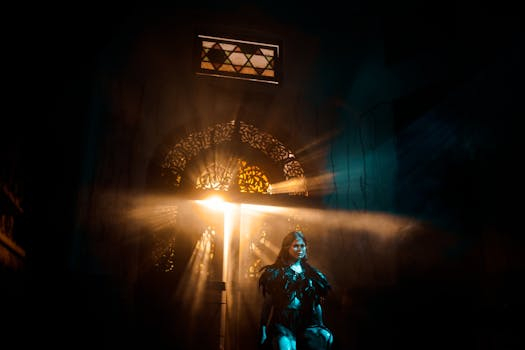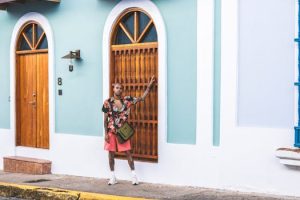How Fashion Brands Use Storytelling to Connect
When it comes to fashion brands, there is more than just clothes that attracts consumers. These brands have mastered the art of storytelling and using it as a powerful tool to connect with their audience. From empowering messages to emotional narratives, fashion brands have found ways to use storytelling to not only sell their products but also create a deeper connection with their customers. In this article, we will explore how fashion brands use storytelling to connect with their audience and the impact it has on their brand image.
The Power of Storytelling
Storytelling has been an integral part of human communication for centuries. It is a way for us to connect with each other, share our experiences, and evoke emotions. As consumers, we are drawn to brands that can evoke an emotional response in us. And storytelling is the key to achieving that. As fashion brands continue to compete in a crowded market, storytelling has become a crucial element in setting themselves apart and creating a loyal following.
Authenticity and Relatability
One of the main reasons why storytelling is so effective for fashion brands is its ability to convey authenticity and relatability. With consumers becoming more conscious of what they buy and where it comes from, they are drawn to brands that have a genuine story behind them. Fashion brands that share their journey, values, and beliefs can establish a deeper connection with their audience. By sharing their story, they create a sense of authenticity and relatability, making consumers feel like they are a part of the brand’s journey.
Example: Patagonia
Outdoor clothing brand, Patagonia, has effectively used storytelling as a way to connect with their audience. Their founder, Yvon Chouinard, shared his journey of starting the brand and his commitment to sustainability and environmental conservation. By being transparent and sharing their values, Patagonia has created a loyal following who not only support their products but also their mission.
Creating a Lifestyle
Fashion is not just about clothes; it’s about creating a lifestyle. And storytelling plays a significant role in conveying that lifestyle. Many fashion brands use storytelling to showcase their products in a real-life setting, making it more appealing to their audience. By creating a narrative around their products, fashion brands are able to show how their products can fit seamlessly into their customers’ lives, making them more desirable.
Example: Anthropologie
Anthropologie is a brand that has mastered the art of lifestyle storytelling. Through their blog and social media, they showcase their products in a real-life setting, creating a dreamy and aspirational lifestyle for their audience. By doing so, they not only sell their products but also create a desire for a specific lifestyle, making consumers more likely to purchase from them.
Inspiring Emotions
Fashion is closely linked to emotions, and storytelling can tap into that emotional connection. By creating narratives that evoke emotions, fashion brands can create a lasting impact on their audience. Whether it’s through inspiring stories or emotional advertisements, fashion brands have the power to leave a lasting impression on their customers through storytelling.
Example: Nike
Nike is a brand that is known for its powerful storytelling. Their campaigns have always been powerful and inspiring, combining emotion with sports. In their “Dream Crazier” campaign, they showcased female athletes breaking boundaries and challenging stereotypes, inspiring emotions of empowerment and determination in their audience.
Creating a Sense of Community
Lastly, storytelling can also be used to create a sense of community among a brand’s audience. By sharing stories of their customers or collaborating with influencers, fashion brands can create a sense of inclusivity and belongingness among their audience. This sense of community can further strengthen the connection between a brand and its customers.
Example: Glossier
Beauty brand, Glossier, has effectively used storytelling to create a sense of community among their customers. Through their social media, they encourage their customers to share their stories and experiences with their products, creating a supportive and inclusive community. This has not only resulted in loyal customers but also an increase in brand awareness and sales.
In conclusion, storytelling has become an essential tool for fashion brands to connect with their audience. By conveying authenticity, creating lifestyles, inspiring emotions, and building a sense of community, fashion brands can establish a deeper connection with their customers and differentiate themselves in a competitive market. So, next time you shop for a fashion brand, pay attention to the story they are telling, and you may find yourself connecting with them on a deeper level.







